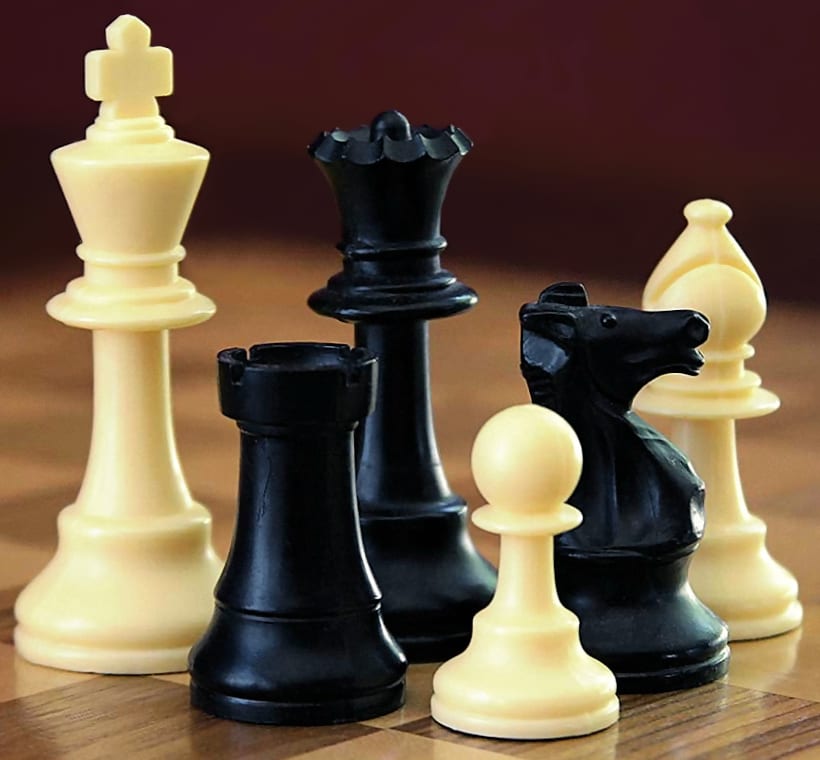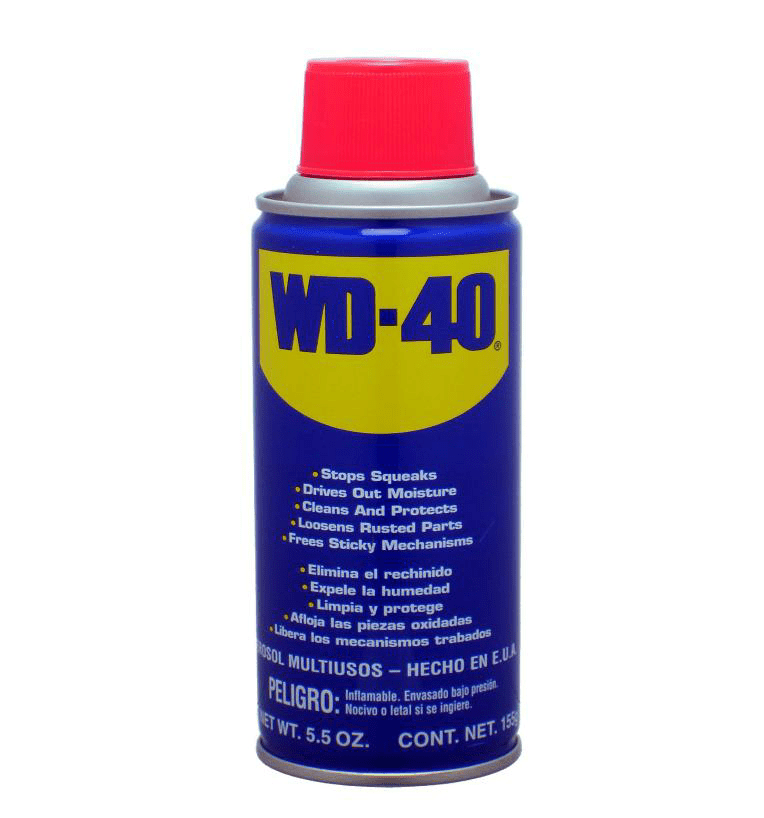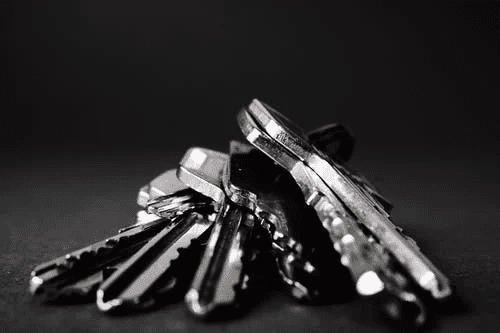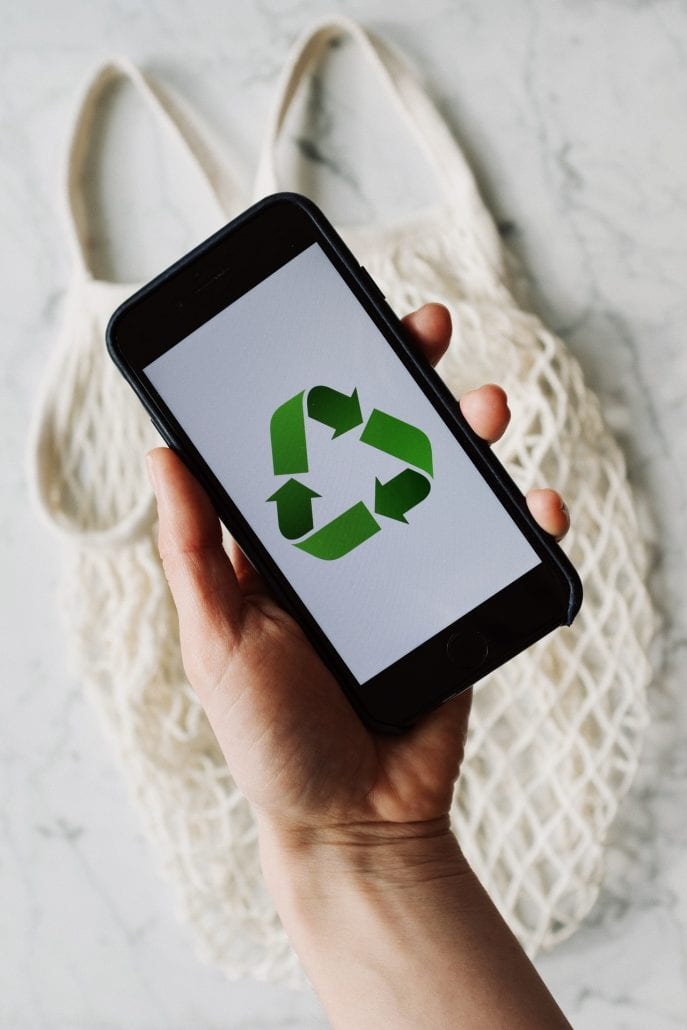It’s A Dog-Eat-Dog World Out There, But Only If You Allow It
Business is often described as a dog eat dog world. But things only usually get that bad if you let them. Here is some advice from entrepreneurs who learned serious lessons through their own experience on how to avoid getting screwed over by their business partners, and the people that they work with.
Always Avoid Emotionality
It’s great that passion motivates the positive aspects of your business and drives you forward to new heights. But passion in business can get you into trouble, especially when emotions turn negative. Things will go wrong in business. People will try to take advantage of you, colleagues will lie, and business partners will let you down. The key to running a successful business is to always remain cool and calculating in these situations. Losing your head can lead you to make damaging decisions that could ultimately be harmful to your business in the long run.
Meditate
Photo courtesy of Max Pixel
Meditation and entrepreneurs don’t seem like great bedfellows. After all, entrepreneurs are all about living life at 100 MPH, and people who meditate, usually Buddhist monks, are interested in the precise opposite. But when it comes to entrepreneurship, meditation is actually of critical importance. The reason is that our brains tend to make new connections and come up with original ideas when our minds are clear from other worries. Many entrepreneurs like to meditate in the shower and are sometimes referred to as “urban shower monks.” Being able to get away from the mayhem often allows you to think about how you’ll deal with a difficult situation better at work.
Set Clear Parameters With Your Stakeholders
One of the biggest problems companies face is defining relationships between their partners, vendors, stakeholders and colleagues. Often these agreements can get out of hand, and you can find yourself losing out. This is why so many companies now use contract management software to stay on top of all their relationships with their customers. It allows them to make sure that all of their contracts are in the best interest of the company and easy to find. It also helps organizations that need to scale rapidly manage their risks in real time.
Be Strategic
Photo courtesy of Wikimedia
Command and control entrepreneurs don’t usually do all that well. They think that people are working for them because they really want to and they believe in the company, but most of the time it’s just so that they can put food on the table at night. Some business leaders think that all they have to do is tell their employees what to do by force of will and they will obey. But this isn’t how people work. Instead, interacting with people is more like a game of chess. It’s strategic, and often people will do and say things that lead to their strategic advantage. For years Donald Trump ingratiated himself with the highest echelons of society. Now he’s bringing them to their knees. It’s all about long-term planning and cunning. Think carefully about what is actually motivating the people who work for you and with you.





 Jumper Cables and a battery booster: jumper cables are used to kick-start weak batteries. If your car battery dies, you can easily give it some juice and be on your way. This is very useful if you are in a hurry, or running late. You can also get a compact jump-starter kit, many of which have USB connections that can charge multiple devices.
Jumper Cables and a battery booster: jumper cables are used to kick-start weak batteries. If your car battery dies, you can easily give it some juice and be on your way. This is very useful if you are in a hurry, or running late. You can also get a compact jump-starter kit, many of which have USB connections that can charge multiple devices. WD 40: next to duct tape, WD-40 is the second holy grail for car owners. WD-40 is a degreasing agent traditionally used for squeaky hinges. But, it can also be used to clean rusty license plates, clears carbon residue from spark plugs, protects spark plugs from moisture and removes grease, dirt and grime from car parts.
WD 40: next to duct tape, WD-40 is the second holy grail for car owners. WD-40 is a degreasing agent traditionally used for squeaky hinges. But, it can also be used to clean rusty license plates, clears carbon residue from spark plugs, protects spark plugs from moisture and removes grease, dirt and grime from car parts.

 The choices that you make on a day to day basis can affect the environment around you. It’s true that this isn’t new information, but some people may find it hard to adopt a more sustainable option, especially since you are always surrounded by plastic, use cars as a mode of transportation, rely on electricity and so on.
The choices that you make on a day to day basis can affect the environment around you. It’s true that this isn’t new information, but some people may find it hard to adopt a more sustainable option, especially since you are always surrounded by plastic, use cars as a mode of transportation, rely on electricity and so on.